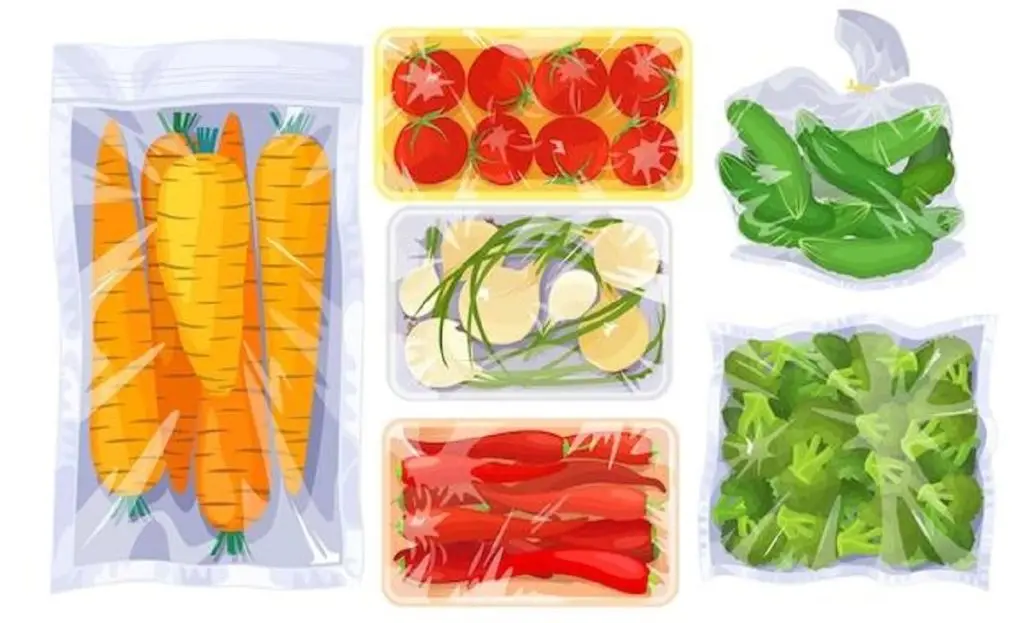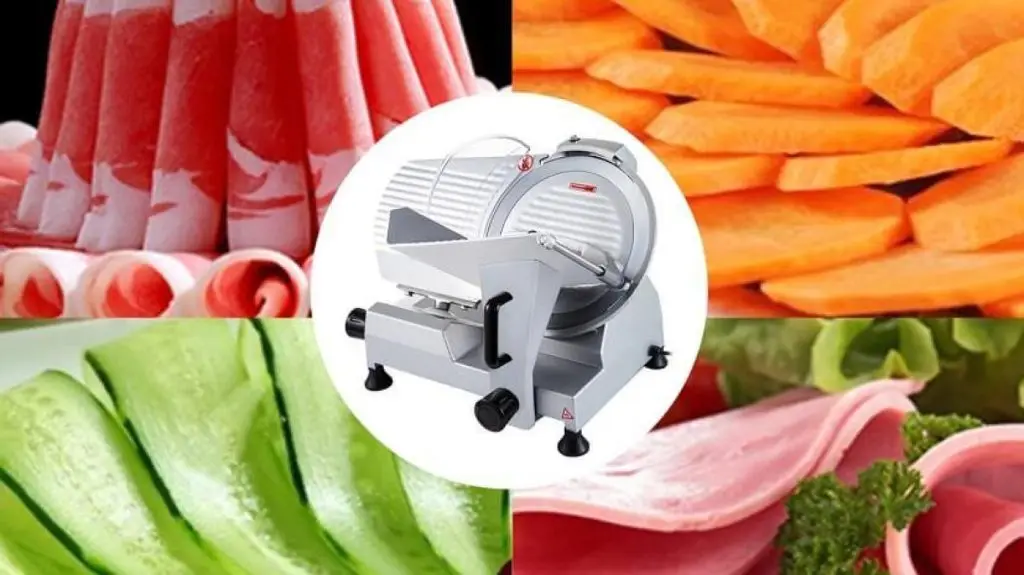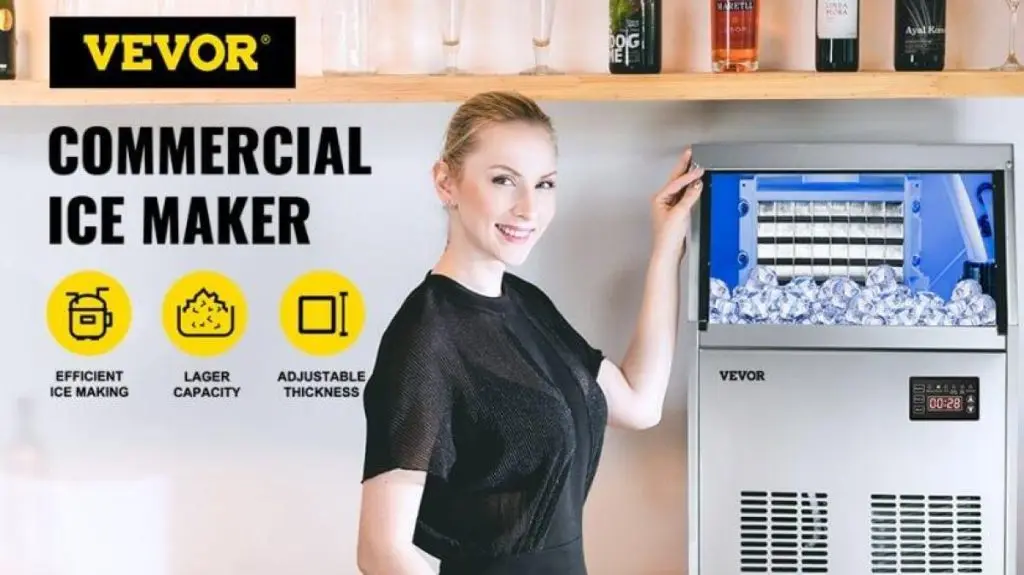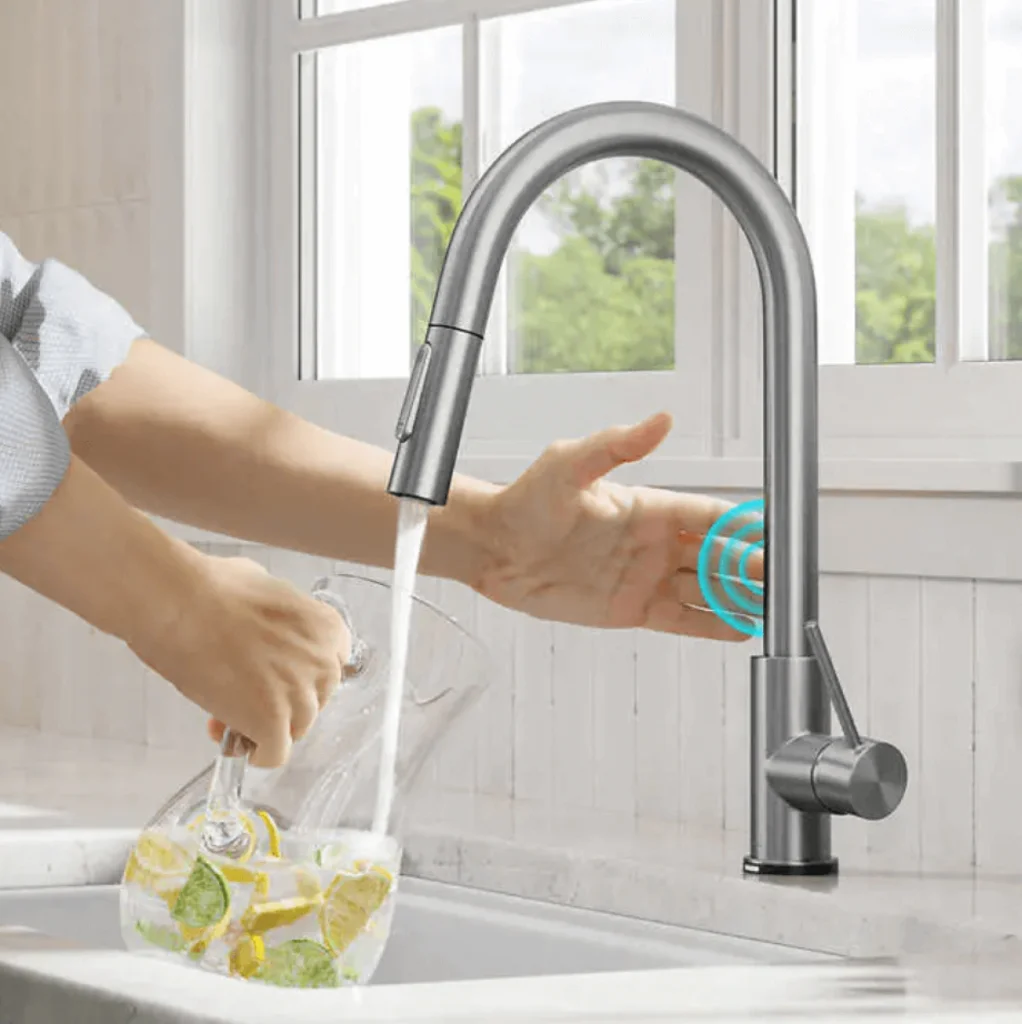Fresh veggies are essential for a healthy diet.
But let’s face it, it is near impossible—unless you are living near a farm or a farmers’ market. Even if you are growing your own veggies, you only get to consume them fresh during the harvest period. You cannot keep their freshness for long. They start to go bad, and if you keep them in a freezer, you are left with either freezer-burnt or mushy veggies. These frozen veggies are mostly safe to consume, but they are not as palatable and nutritious as the fresh ones.
Enters the kitchen hero—vegetable vacuum sealer. Using a vacuum sealer, you can vacuum seal vegetables—create a magical seal that locks in the freshness, textures, and nutrients of the veggies.
Intrigued?
Continue reading. In this comprehensive guide, we are going to discuss all about vacuum sealing vegetables—from what veggies to vacuum seal/not to how to go about vacuum sealing.
Table of contents
- Why You Should Vacuum Seal Your Vegetables?
- How Long Do Vacuum Sealed Vegetables Last?
- What Vegetables Can Be Vacuum Sealed?
- What Vegetables Should Not Be Vacuum Sealed?
- How to Vacuum Seal Vegetables? Step-by-Step Guide
- Insightful Vacuum Sealing Tips For Perfect Preservation
- VEVOR Vacuum Sealer For Maximizing Your Veggies’ Shelf Life
- FAQs About Vacuum Sealing Vegetables
Why You Should Vacuum Seal Your Vegetables?
If you are not sold on the idea of vacuum-sealing vegetables, here are a few reasons why you should do it:
- Vacuum-sealed vegetables last longer—Vacuum sealing removes oxygen from the package and creates an airtight seal. With little to no exposure to oxygen, the growth of bacteria that spoil the food is prevented.
- Preserves flavor and nutrient profile—Besides simply extending the shelf life, vacuum-sealing vegetables also helps keep their flavor and nutrient profile intact.
- Prevents freezer burns—With vacuum sealing, you can say goodbye to freezer burns that were previously robbing your veggies of their nutrients, texture, and flavors.
- Reduces food waste—With vacuum sealing, you don’t have your veggies going bad anymore. By properly preserving your feed, you reduce your overall food wastage.
Besides the above-mentioned benefits, vacuum sealing also helps make marinating and sous vide cooking easy and efficient. And imagine the tons of money you would save in the long term.
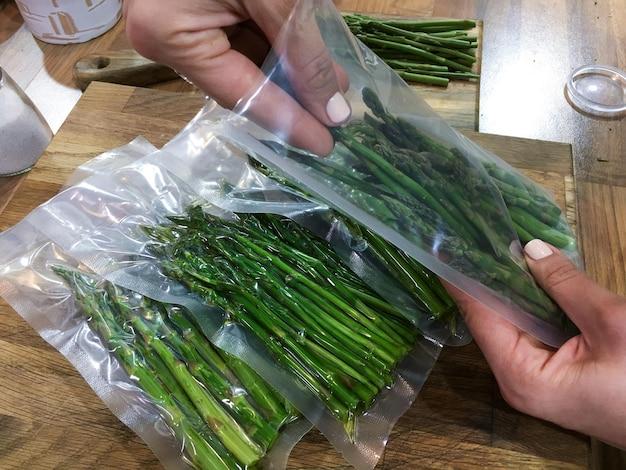
How Long Do Vacuum Sealed Vegetables Last?
Now that you have learned that vacuum seal vegetables have a longer shelf life, you must be wondering, how long do vacuum sealed vegetables last?
Well, while vacuum sealing helps extend the lifespan of your veggies. The answer to the “how long” query depends on various factors such as the freshness of veggies when it was vacuum sealed and how it is stored afterward.
How Long Will Vacuum Sealed Vegetables Last in the Refrigerator?
While it may vary from veggie to veggie, most vacuum sealed vegetables will easily last—without losing their freshness and nutrients—for up to two to three weeks.
How Long Does Vacuum Sealed Vegetables Last in the Freezer?
Usually, veggies stored in a freezer have a shelf life of about 6 to 6 months, but when vacuum sealed, this is extended up to 3 years.
| Shelf Life of Vegetables in Freezer | ||
| Foods | Normal Shelf Life | Vacuum Shelf Life |
| Green Beans | 8 Months | 2-3 Years |
| Corn | 6 Months | 1 Year |
| Cabbage and Cauliflower | 8 Months | 2-3 Years |
| Asparagus | 10 to 12 Months | 2 Years |
| Tomatoes | 6 Months | 1 Year |
Note: Properly blanching vegetables could further help extend their shelf life.
What Vegetables Can Be Vacuum Sealed?
Vacuum sealing vegetables is a great way to extend their shelf life without compromising their texture, nutrient, and flavor profile. But before you go ahead and start vacuum sealing veggies, you should know that not all veggies are suitable for vacuum sealing. For some, you might need to take some special measures, and some are best not vacuum sealed at all.
Beans
Beans are the best vegetables to vacuum seal. They already have a longer shelf age, but when vacuum sealed, they can retain all their nutrients, flavors, and texture for 2 to 3 years. Vacuum sealing also ensures that insects and moisture stay away from your beans.
Root Vegetables
Rot veggies, including sweet potatoes, carrots, turnips, and beets, are the best vegetables for vacuum sealing.
Please note that potatoes are not ideal for vacuum sealing. They do not retain their texture after defrosting. So, if you are vacuum sealing potatoes, consider dehydrating them as cubes or slices and then vacuum seal them. You can also vacuum seal potatoes in the shape of finger fries—briefly fried.
Leafy Greens
While you might think that leafy green is not suitable for vacuum sealing, this is not the case. You can effectively vacuum seal leafy greens and herbs. But keep in mind that they are delicate, and you will have to be careful. And for basil, chives, cilantro, dill, mint, parsley, spinach, kale, etc., it is best that you blanch them properly before sealing. Also, ensure they are completely dry before vacuum sealing; even a slight dampness could make them soggy.
Bell Peppers
Both sweet and hot peppers could be vacuum sealed. You do not even have to blanch them before freezing or vacuum sealing. That said, if you are looking to save storage space, consider dicing them into small cubes.
Lettuce?
Yes, you can vacuum seal lettuce and your other soft produce. But you will have to be a bit careful. Once vacuum sealed, it will remain fresh and crispy in the fridge for about two weeks. It can be frozen, but on defrosting, it loses its texture—it will be soft and wilted.
What about cruciferous vegetables?
Well, they can be vacuum sealed. But do it without blanching, and they will spoil faster—they emit gases, which ruin the vacuum sealing. It would be best if you blanched them first.

What Vegetables Should Not Be Vacuum Sealed?
Vacuum sealing works wonders in preserving your produce. But the vacuum sealing magic does not work on all veggies. Here are some veggies that you should not vacuum seal:
- Mushrooms—It might sound counterintuitive, but they ripen faster and thus decay more quickly when vacuum sealed. That said, it is okay to vacuum seal cooked mushrooms.
- Raw Onions and garlic—These two also tend to emit gases when vacuum sealed. These gasses will inflate the vacuum seal, compromising the vacuum seal. So they will spoil faster when the vacuum is sealed. It’s best that you do not seal them.
- Cruciferous or Brassicaceae vegetables—Veggies from these families, such as arugula, cauliflower, Brussels sprouts, bok choy, kale, etc., should never be vacuum sealed because these veggies emit gases. That said, if blanched properly, you can safely vacuum seal them. While you can use the moist mode on your vacuum sealer, it is best that you thoroughly dry them before vacuum sealing.
- Freshly cooked or sealed vegetables—You should always allow your veggies to cool down to room temperature before you vacuum seal them. Otherwise, the hot steam could affect the vacuum sealing.
How to Vacuum Seal Vegetables? Step-by-Step Guide
Vacuum sealing vegetables might seem like a daunting task at first, but if you know what you are doing and have a step-by-step guide to follow, it becomes easy. If you are new to vacuum sealing and have no idea how to preserve your produce by vacuum sealing them, follow the below-discussed steps.
Gathering Vegetables
If you grow your own vegetables and are planning on preserving your produce for an extended period, ensuring a supply of nutritious and organic veggies, You need to gather your veggies. Without wasting any time, you should try to vacuum seal your veggies as soon as possible after the harvest—the fresher the veggies, the better the preservation.
If you source your veggies from farmers’ markets, make sure that you always get the freshest ones available. If you are getting a deal on your favorite veggies, you can consider stocking up on them.
Preparing Vegetables for Vacuum Sealing
Before you vacuum seal vegetables, you want to make sure that they are properly cleaned. Rinse your veggies thoroughly and make sure that there are no blemishes or any other signs of spoilage. If you have large vegetables, consider cutting them into smaller, manageable pieces for vacuum sealing. Also, before you proceed with vacuum sealing, double-check that all the veggies are completely dry—you do not want moisture to mess up the vacuum sealing.
Blanching Vegetables
If you are looking for perfect preservation, you must adequately blanch your veggies before vacuum sealing. Blanching helps preserve not only the vibrancy of the colors and texture but also the flavors of the veggies. Besides that, it also helps remove dirt and microorganisms from the surfaces of the veggies. Here’s how you can blanch your veggies for perfect preservation:
- Gather your supplies. You will need two large pots—one for boiling water (with veggies) and another for ice cold water bath. Besides that, you will need a few clean clothes or towels for drying the veggies.
- Fill one pot with water and heat it to boiling. Once the water comes to a boil, you can go ahead and lower your veggies (thoroughly washed and trimmed) into it, cover the pot, and boil it for a few minutes. If you do not want to boil your veggies on heat, you can consider pouring the boiling water onto them in a heat-safe pot and letting them stand in hot water for some time.
- When the boiling water starts to bring out the vibrant colors of the veggies, that’s when you will know that they are done.
- Now pour some ice water into another pot, and when your veggies have been blanched for a specific time—their colors have become vibrant—take the veggies out of the boiling water and immediately plunge them into the ice water. Keep them submerged in there for as long as they are boiling, and then take them out.
- Now, you just have to dry them, and they are all set for freezing/vacuum sealing.
Vacuum And Sealing
Now that your veggies are all prepped go ahead and put them into vacuum sealer bags. You want to make sure that there is ample room at the end for the vacuum sealer to create a perfect seal. Next, align the bag with the seal bar and turn on the vacuum sealer, the vacuum pump will suck out all the air, and the seal bar will create an airtight seal. Repeat the process until all your veggies are vacuum sealed. This is the process for a suction vacuum sealer.
If you have a chamber vacuum sealer, you will have to place the vacuum sealer bag in the chamber. The rest of the process is the same—air is removed from the bag, and then an airtight seal is created by the seal bar.

Insightful Vacuum Sealing Tips For Perfect Preservation
Here are some insightful vegetable vacuum sealing tips for you:
- Vacuum seal your veggies as fresh as possible.
- Blanch your veggies before vacuum sealing for optimum flavor, texture, and colors.
- Cut large veggies into small pieces for perfect sealing and storage optimization.
- Double-check vacuum seals before putting your veggies into the freezer or fridge.
- Always leave about 2 inches of space between the veggies in the bag and its open end.
- Always dry your veggies, especially delicate ones, before vacuum sealing.
- Only use specialized vacuum sealer bags.
- Consider vacuum sealer bag rolls for customized bags.
- Allow your vacuum sealer to cool down between operations.
VEVOR Vacuum Sealer For Maximizing Your Veggies’ Shelf Life
Looking for the best vacuum sealer for vegetables?
Well, look no further. We have got just the thing for you—80Kpa 130W VEVOR Vacuum Sealer Machine. It is powerful and effective, yet highly affordable.
Equipped with an 80kpa vacuum pump and 2.5mm sealing strip, you can say goodbye to food wastage and start preserving your food with ease. It is a versatile machine and features both moist and dry modes.
Worried about overheating? Well, do not be. This beast comes with a specialized cooling system and overheating protection. It can handle continuous and repetitive operations without overheating.
It comes with a built-in cutter and a space for you to store your vacuum sealer bag roll inside the machine. Not only that, but it also features a highly intuitive panel with buttons, allowing you to vacuum seal your veggies easily with gentle touches.

Looking for a chamber vacuum sealer? Well, no worries. We have got you covered. Check our chamber vacuum sealers collection.
FAQs About Vacuum Sealing Vegetables
Q: Can you vacuum seal vegetables without blanching?
While it is okay to vacuum seal most veggies, including bell peppers and peas, without blanching, blanching is advised for optimum preservation. And for cruciferous veggies such as cabbage and broccoli, you should always blanch before vacuum sealing.
Q: Can you vacuum seal already frozen vegetables?
Absolutely! But you should be cautious about sharp edges. You do not want to puncture your vacuum sealer bags.
Q: Can you vacuum-seal fresh vegetables?
When it comes to vacuum sealing vegetables, the fresher, the better, but note that you will need to prepare them for vacuum sealing first.
Conclusion
There you have it—the ultimate guide to vacuum sealing vegetables.
Use this guide to preserve your produce and say goodbye to food wastage. But for best results, make sure that you get yourself a reliable vacuum sealer from a reputable brand, such as VEVOR.

